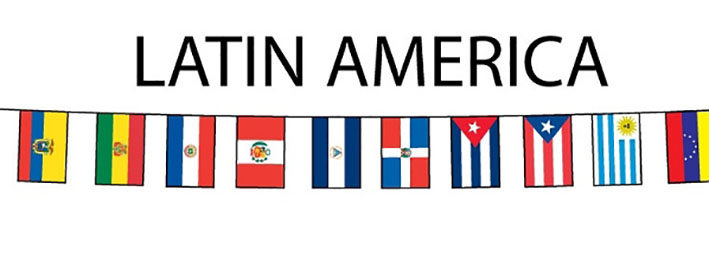The videoconference “Inequalities in Access to Higher Education by Disadvantaged Populations in the Latin American and Caribbean Region in the Context of the COVID-19 Pandemic” become the region’s contribution to World Access to Higher Education Day (WAHED).
Francesc Pedró, director of the UNESCO International Institute for Higher Education in Latin America and the Caribbean, launched UNESCO’s report Toward Universal Access in Higher Education, highlighting its findings of the region. He underlined that it was the region where access to higher education had increased the most: from 23% of each group that registers in a higher education establishment in 2000 to 53% in 2018, but there are huge variations between countries.
Though in Latin America women enroll and graduate in higher education at the same rate as men, in most countries of the region the greater enrolment increase between 2000 and 2018 was among women – it went up from a gross rate of 19% in 2000 to 41% in 2018. This means that more than one in two women of a given age enrolls in higher education.
Mr. Pedró cautioned, however, that the enrolment of women in science, technology, engineering, and mathematics (STEM) degrees is still lagging. In Chile, for example, women account for less than a quarter of all STEM degrees.
Inequity keeps rising: currently, access to higher education is below 10% of the lowest income percentile compared with 70% in the highest ones. Disadvantaged ethnic groups are 15% less likely to access higher education. In Mexico, for example, only a quarter of indigenous students from 18 to 22 years of age were enrolled in universities in 2010, compared with more than a third of their non-indigenous counterparts.
However, UNESCO’s report notes that access has increased for all levels of income and that half the population with lower income has increased its share in the total number of higher education students, thanks to strategies for increasing the access of indigenous and Afro-descendent peoples in higher education.
The countries where inequality in higher education access was reduced the most were Venezuela, Argentina, and Chile, the latter thanks to the introduction in 2006 of government-backed student loans.
Some countries foster access to the most disadvantaged. Brazil’s Constitution guarantees free education according to the capacity of the individual. A national 2012 law guarantees half of all university places in its 63 federal universities to students from state secondary schools. Lower-income students began to receive bonuses on entrance examinations; Afro-descendants and indigenous people were specifically targeted.
Another move to increasing diversity in higher education is Latin America’s Universidades Interculturales (UI) designed to address the access problems of indigenous or Afro-descendent populations in countries such as Argentina, Bolivia, Brazil, Colombia, Ecuador, Mexico, and Nicaragua.
“A major challenge is to reduce the number of disadvantaged students failing access to tertiary education,” says UNESCO’s report.
Region’s problems in higher education relate to COVID and shrinking budgets.
There is a lot of talk about technological inequality because the poorest don’t have the means to go into long-distance learning which is why students have to be given resources so that they can educate themselves/
Another problem is how to bring back those students who dropped out because of the pandemic.
In the Caribbean region, only about 15% of 18- to 35-year-olds are enrolled in higher education, which makes it the lowest in Latin America. Also, the pandemic has led to the collapse of the tourism industry and governments have less money to fund higher education. This has led to a 50% collapse in university budgets.
Some 40% of Caribbean university graduates emigrate to the US within five years. The region has a very serious shortage of graduates due to little enrolment as well as emigration

